The wildest and strange airports in the world
For most of us, flying is only a way to reach and/or leave our destination. We are looking for the best flight deals, check not to exceed the baggage weight limit, and we will eventually stop for a cup of coffee in the airport terminal. That’s about everything.
- The 10 most frequent airports in the world
- Top 10 of the world's worst airports
There is a chance that with all the concentration to get to the airport (or get out of it) as quickly as possible, we would not take the time to look at the landscape and observe the excentricities of the airport. We sometimes lack architectural masterpieces and perfectly aligned tracks from which the planes land and take off consistently. But when we saw an airport, we all saw them, right?
Well, not really. Some airports around the world are so intriguing, singular, and so unusual that they are a tourist attraction alone. Here are the 10 most original:
10. Princess Juliana International Airport, Saint-Martin
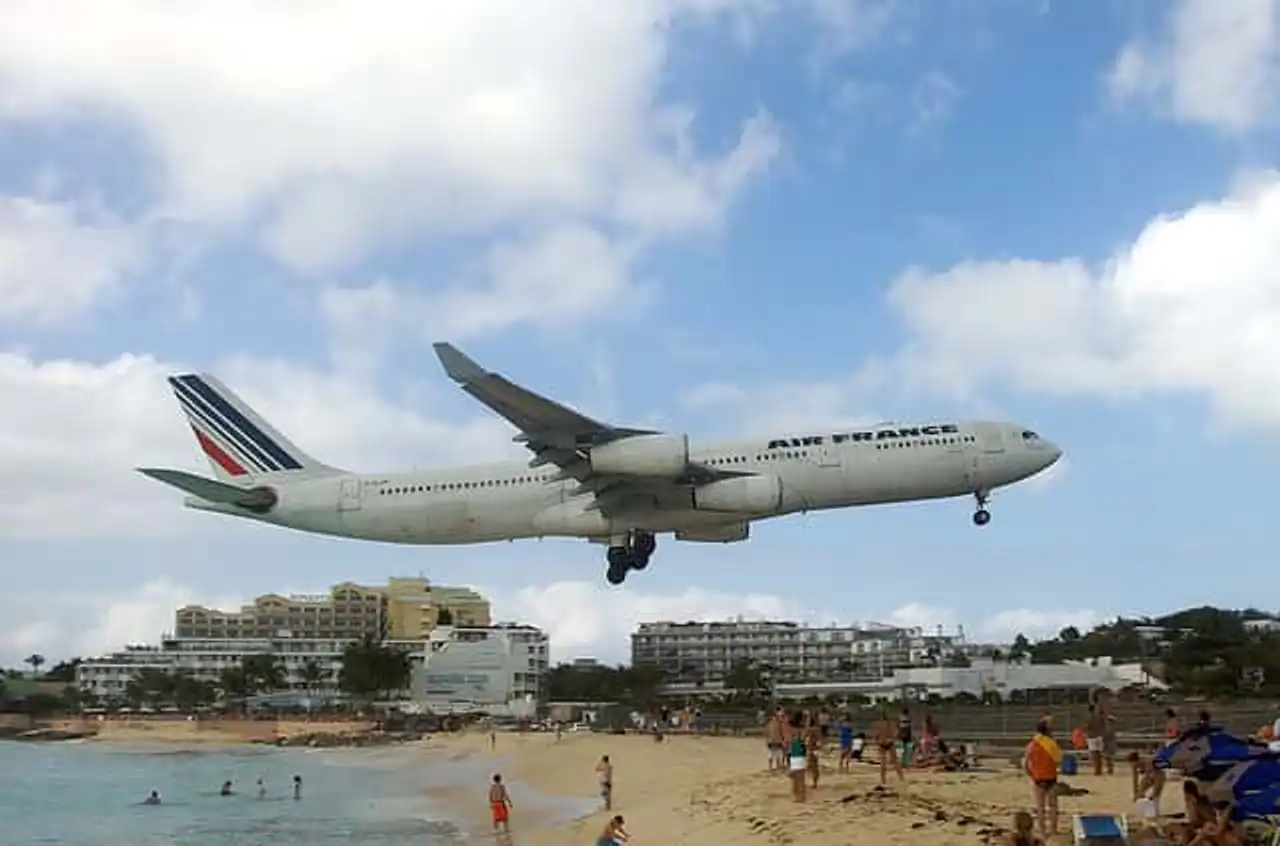
Photo credit: Flickr – Mike Roberts
The holidaymakers go to the beach Maho Beach to sunbath and bathe in crystalline water, but many come to attend a totally unusual phenomenon... Huge planes come to land on the short track of Princess Juliana International Airport, which is just by the beach. The aircraft land between 9 and 18 meters above Maho Beach beach, giving the impression of coming over the sand. Conversely, when the planes take off, they are at the end of the runway and therefore only a few meters from the beach: the engines cause violent winds and raise the sand at each takeoff. A real pleasure! Certainly the most impressive airport in the world.
9. Savannah/Hilton Head International Airport, Georgia, United States
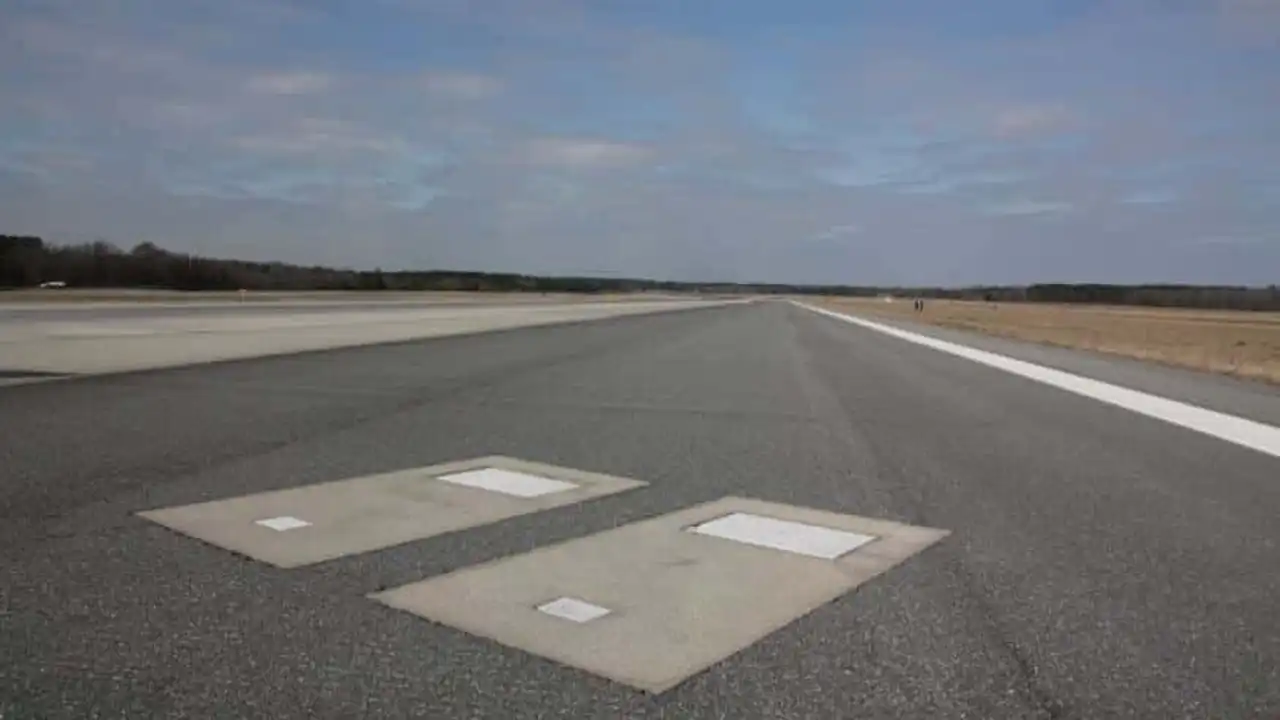
Photo credit: foxnews.com
When the aircraft land on Runway N°10 at Savannah/Hilton Head International Airport, they not only touch the asphalt, but their wheels also roll on two gravestones. Catherine and Richard Dotson are buried in this quiet place. The couple once owned the property, and used it as a cemetery. When the Dotson died in the late 1880s, they were buried in the cemetery. Just before World War II began, the army chose to turn the cemetery into an airport and deplored all graves. However, she chose to honour the former owners by leaving their tombstones where they were. Not sure the couple would have agreed.
8. Ice Track, McMurdo Antarctic Base
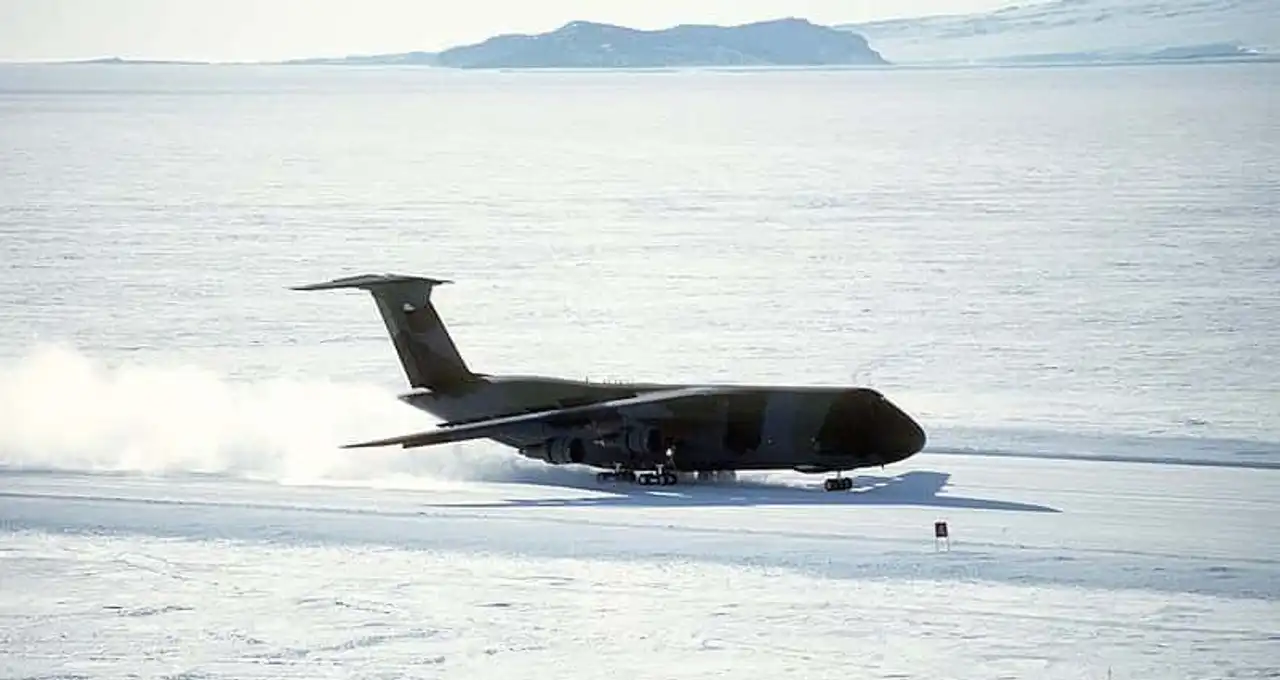
Photo credit: Wikimedia – Master Sgt. Jose Lopez Jr.
Pilots generally avoid landing on runways that are covered with ice. But those who fly large planes to Antarctica have no choice but to land on the ice, even the ice. These aircraft (generally C-17) supply more than a thousand scientists who live and work at McMurdo station in Antarctica. During the summer months, the ice can become too thin to bear the weight of such a plane. Without a place to land planes, the residents of McMurdo station are forced to live without fresh fruit and vegetables or toiletries and other essential supplies.
7. Vancouver International Airport, Canada

Photo credit: Wikimedia – Eviatar Bach
There is nothing special about the Vancouver Airport’s runways in Canada. But there are several remarkable things about the airport terminal. Canada's second most frequent airport is not one but two nature-sized aquariums. The main aquarium is a 113,500 litre tank and hosts more than 5000 marine creatures such as eels, sea stars, anemones, and various coral species. The second, smaller, includes 12 goldfish from the Pacific. The aquariums were added in 2007 and are located at the third and fourth levels of the airport terminal.
Gisborne Airport, New Zealand
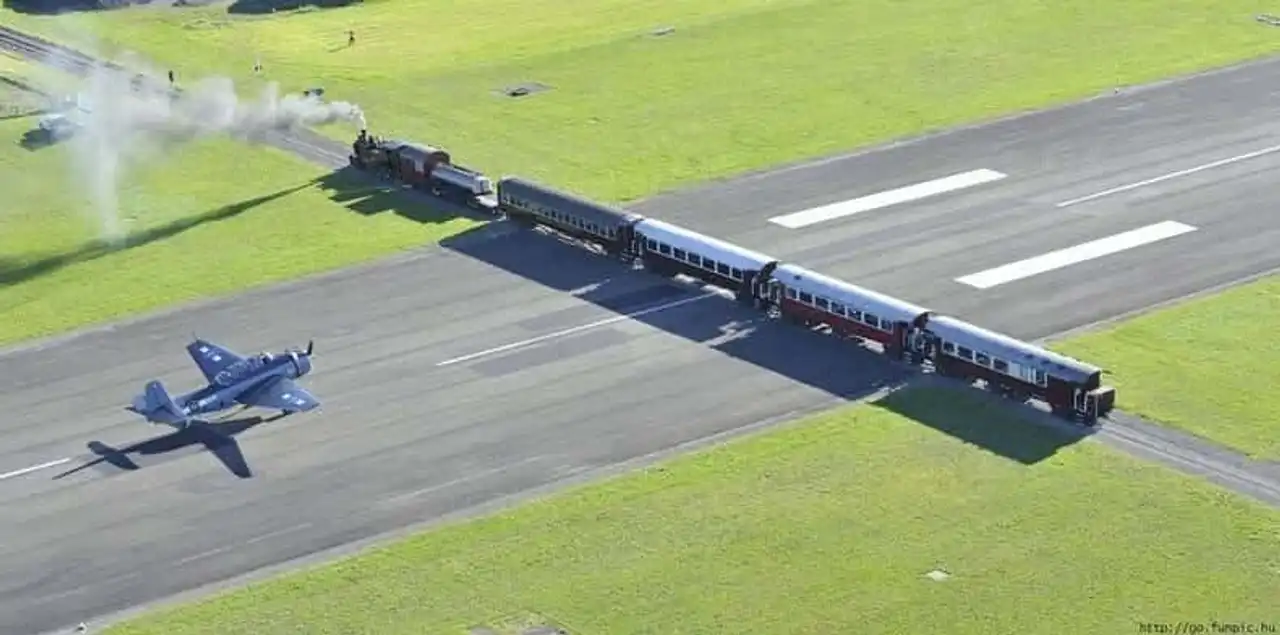
Photo credit: Amusing Planet
Gisborne Regional Airport is located on the East coast of North Island, New Zealand. The airport has three small grassed runways, a large runway, and... a railway that crosses the latter. As incredible as it may seem, the Palmerston North-Gisborne line passes directly through the main landing track at Gisborne Airport. When the aircraft approach the airport, the air traffic controllers must ensure that a train is not approaching the runway to allow an aircraft to land. To date, there has been no major accident between a train and an aircraft thanks to the diligent work of air traffic controllers and railways.
Barra Airport, Scotland
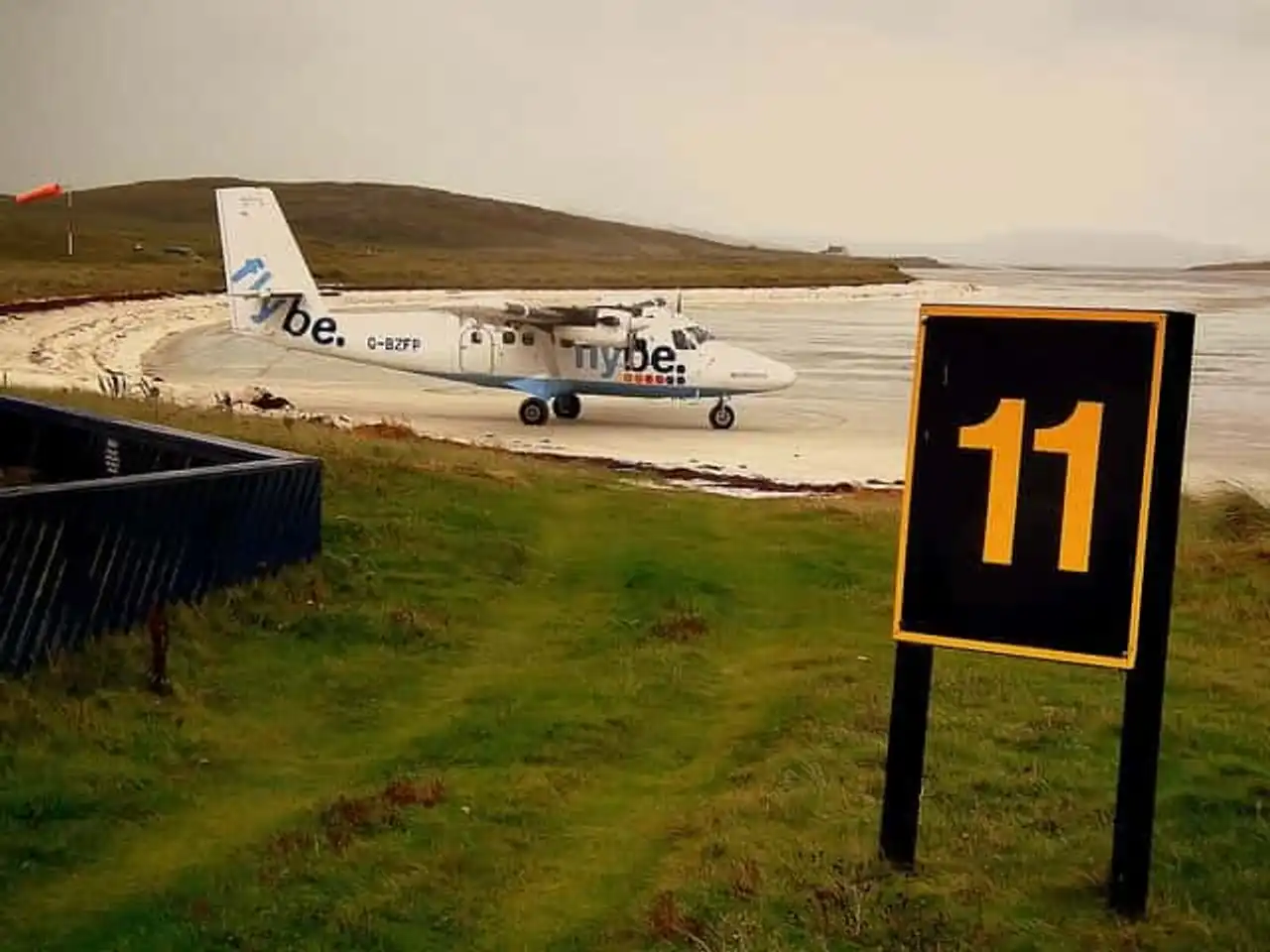
Photo credit: Flickr – calflier001
When you think of a tropical island, sticking on the beaches of an immaculate white and swimming in crystalline water are the things that probably come to your mind. However, it is impossible to imagine a beach that serves as an airport. However, on Barra Island 13 km long, the beach is the only place to land a plane. On the west coast of Scotland, three runways marked by poles are used as landing runways for aircraft, but only when the tide is low. When the tide rises, the beach is covered with water and becomes a spot for windsurfers.
Don Muang International Airport, Bangkok, Thailand

Photo credit: dailynewsdig.com
In Thailand, there are many hotels and resorts offering extensive golf courses. But if you're a member of the Royal Thai Air Force , you can play golf at an airport. Don Mueang International Airport consists of a 18-hole golf course that is directly between two tracks. The planes take off and land at this airport on a regular basis, which means golfers swinguent right next to the reactors. The golf course was previously open to the public, but is now strictly reserved for members of the Royal Thai Air Force .
Gibraltar Airport
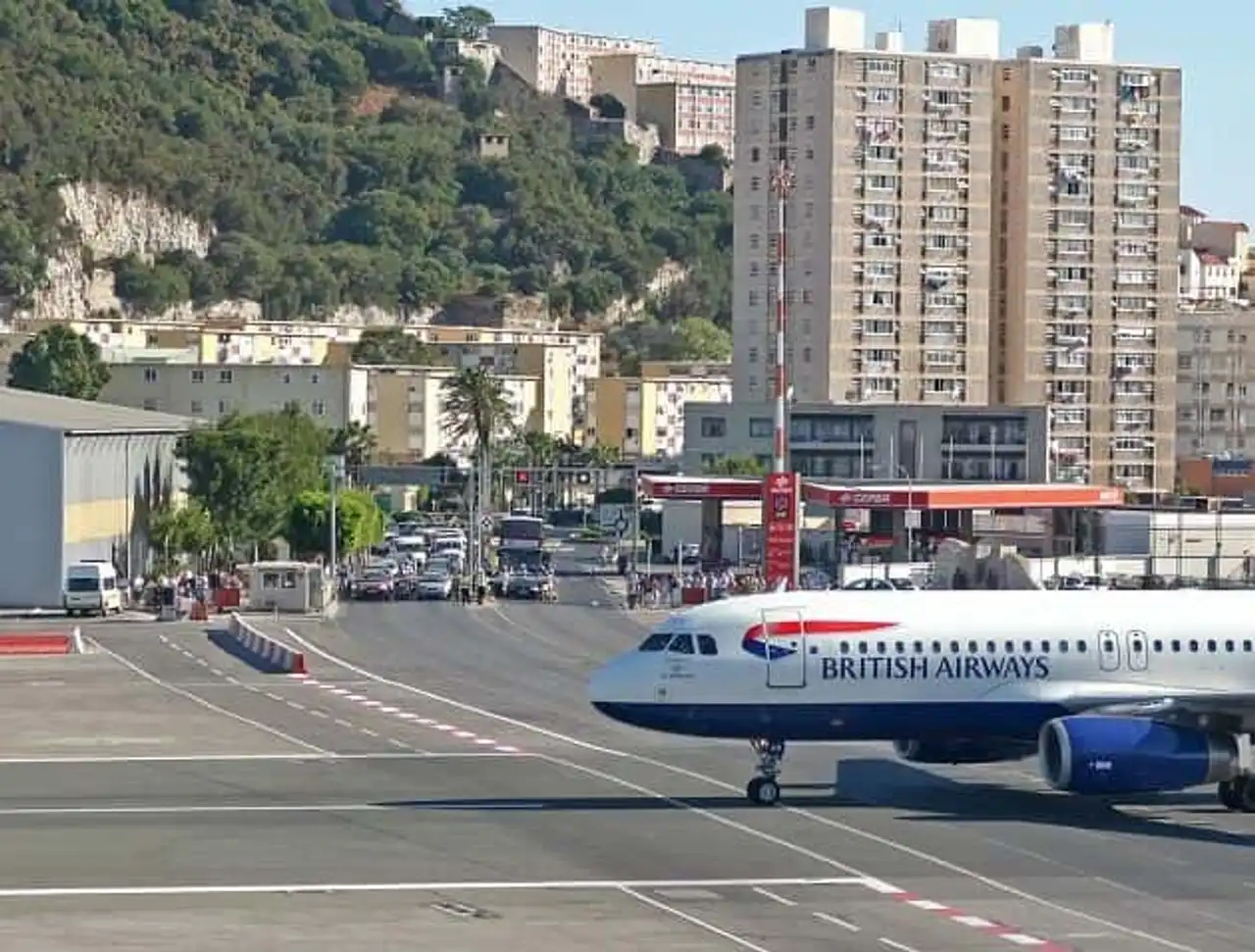
Photo credit: F4 Aviation.co.uk
Normally, no vehicle other than that of the airport must enter the premises of an airport. But to Gibraltar’s, the vehicles pass squarely on the track despite almost constant air activity. Why? Because the main road that leads to the peninsula that connects the Gibraltar airport to Spain passes directly on the airport track. To allow planes to land without fear of crashing cars, the road is blocked at each landing. Cars must wait about 10 minutes each time a plane is approaching or want to take off.
Courchevel Airport, France
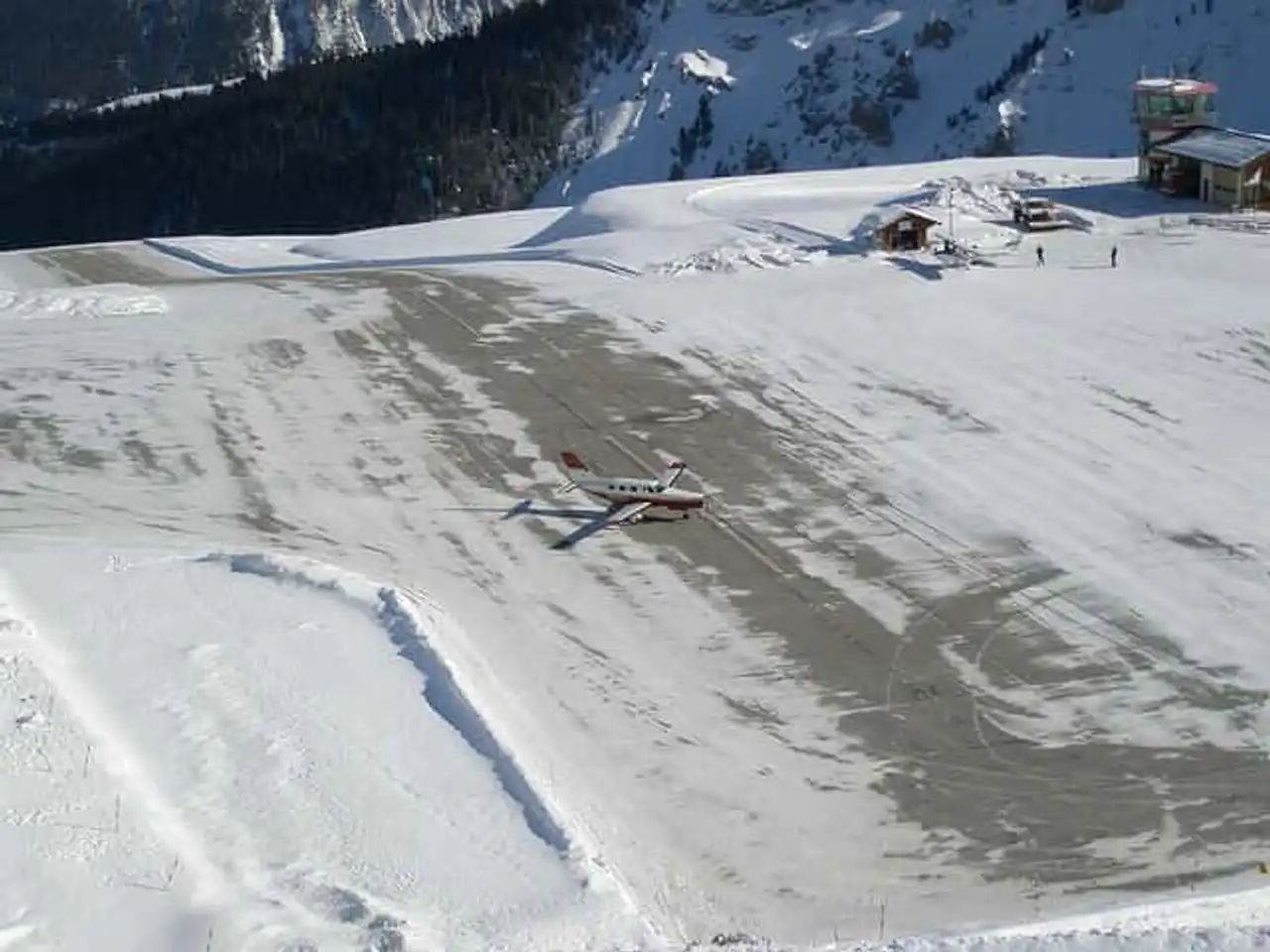
Photo credit: Flickr – Peter Robinett
Courchevel is located in the heart of the French Alps in Courchevel, which is known for its luxurious and high-end ski resort. But unlike the chic attraction of the resort, the airport itself is all but luxurious. With a simple 520-metre long tarmac to land, the track climbs and descends on the natural terrain of the Alps. To make the landing at the airport even more dangerous, the runway tends to be covered with snow and ice plates.
Kansai International Airport, Japan
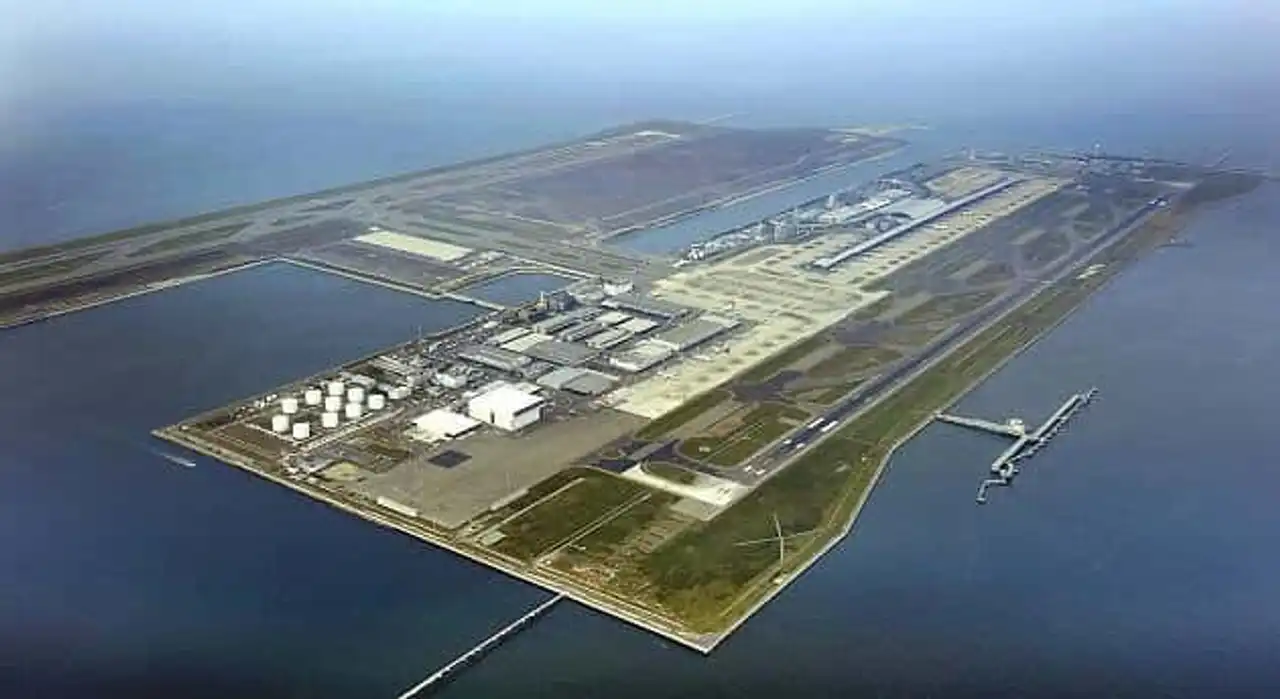
Photo credit: japantimes.co.jp
Finding a large free space to land in Japan can be difficult. This is why the country spent more than 16 billion euros to build Kansai International Airport off the coast of Osaka. Long about 5 kilometers, the artificial island is so large that it can be seen from space. The airport was designed to withstand devastating storms and earthquakes that are common in the country of the rising sun. The construction of this huge airport began in 1987 and was completed only in 1994. After its opening, Kansai International Airport was named one of the “Millennium Monuments” by the American Society of Civil Engineers (United States Civil Engineering Corporation).
Bonus: Airport SkiathosGreece
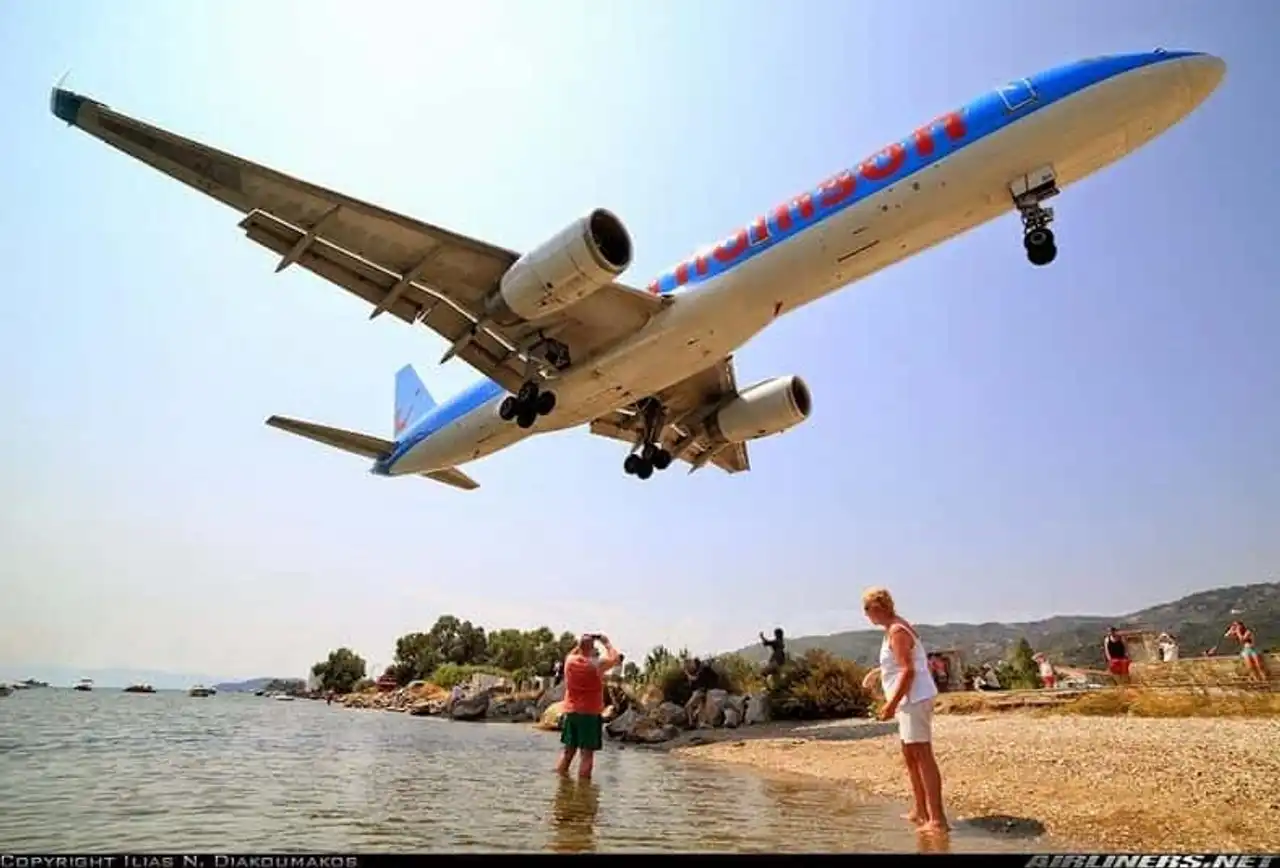 L’ Skiathos airport is located on the eponymous Greek island. Since its landing track was too short, during the winter of 2013/2014, it was created an isthmus between the island of Skiathos and the peninsula of Lazarreta that allows to reach both lands effectively and thus obtain a greater space. The 1.5 kilometre long track allows only the aircraft up to the size of a Boeing 757-200 to land.
L’ Skiathos airport is located on the eponymous Greek island. Since its landing track was too short, during the winter of 2013/2014, it was created an isthmus between the island of Skiathos and the peninsula of Lazarreta that allows to reach both lands effectively and thus obtain a greater space. The 1.5 kilometre long track allows only the aircraft up to the size of a Boeing 757-200 to land.







Loading comments ...